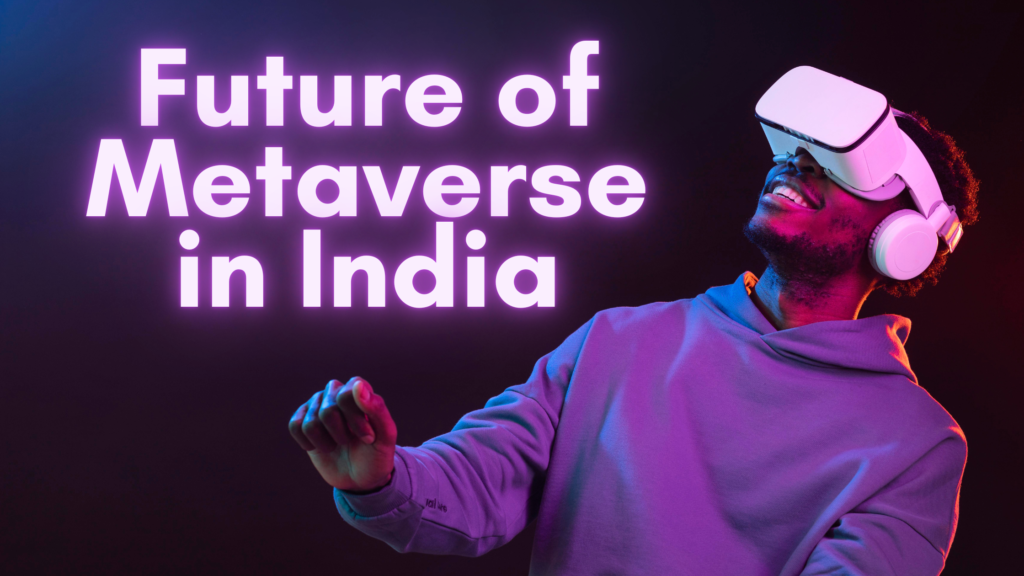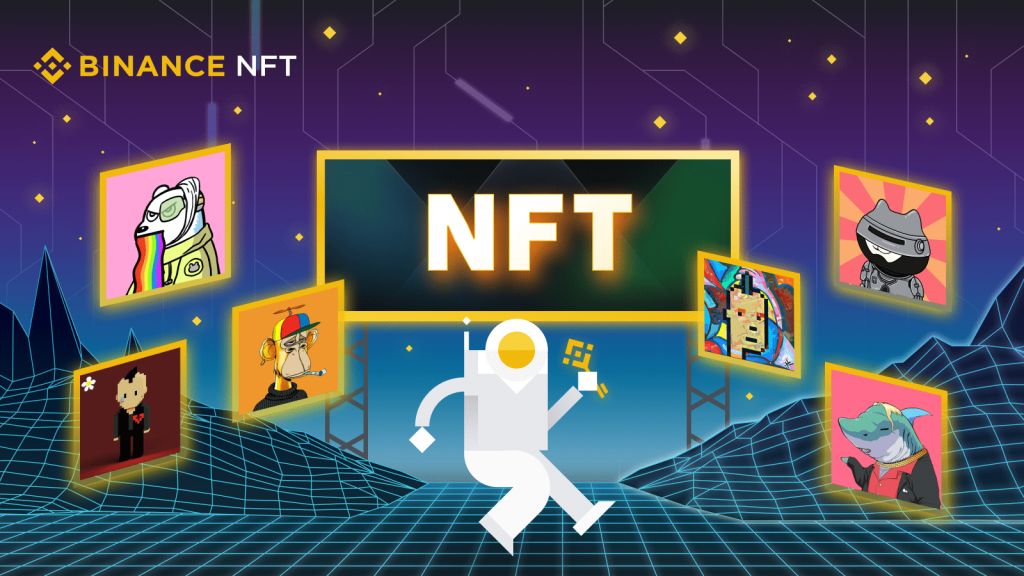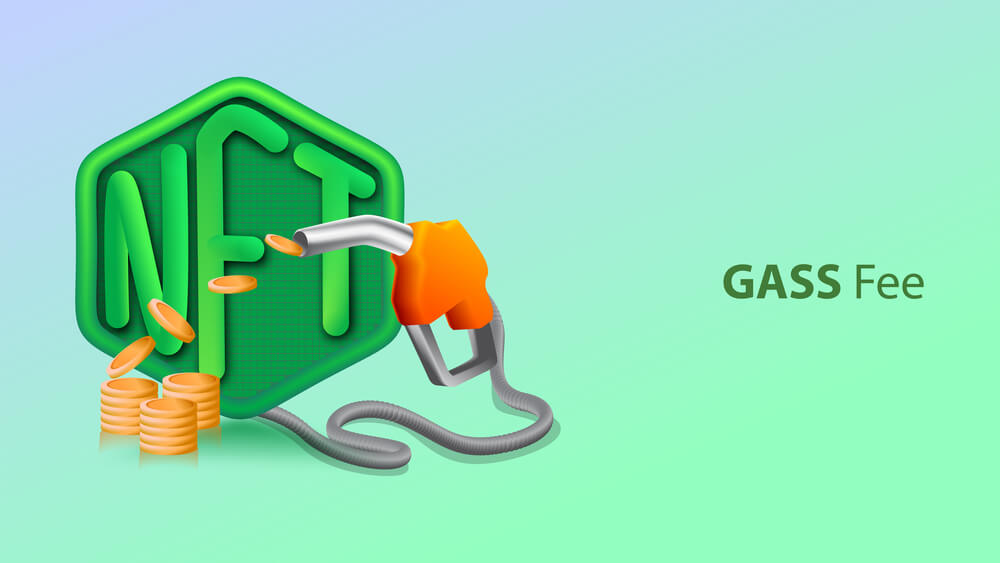Arthur D. Little, a strategy and management consulting firm, published their report “Web3 & Metaverse – The Rise of the New Internet & the India Opportunity” on June 1. This report mentions how different emerging technologies, with the potential of reaching a $200 billion valuation, could be a game changer for India.
The global landscape is experiencing a noteworthy transformation with the advent of the Metaverse. Recent findings from the industry report indicate that this emerging virtual realm is on the brink of unleashing a $13 billion opportunity worldwide.
In India particularly, the Metaverse and Web3 markets are projected to explode, reaching an impressive valuation of $200 billion by 2035. It is anticipated that the retail and financial services sectors will spearhead the impressive adoption of Web3 and the Metaverse within India.
Drawing from a wide-ranging analysis of Web3 and Metaverse technologies, the report provides valuable insights into their use cases and the deep influence they can have on industries that drive growth.
It illuminates the integral role these technologies play in creating the future iteration of the Internet, underpinning the next wave of digital adoption across many sectors in India. Projections show that both the Web3 and Metaverse market opportunities are getting ready for massive growth, with an expected yearly growth rate of approximately 40%.

With considerable investments made in the space, the potential of the Indian Metaverse and Web3 sector seems massive, as explained by Barnik Chitran Maitra, Managing Partner at Arthur D. Little India and South Asia.
According to Maitra, Web3 technology is empowering content creators and gaming start-ups by enabling them to directly monetize their user base, bypassing traditional intermediaries. Simultaneously, corporations are recognizing the potential of metaverses to engage in more immersive and meaningful interactions with their employees and customers.
He said that for India to achieve its possible $200 billion Web3 and Metaverse market, corporations, investors, startups, and the government will need to work together.
Metaverse In India
Metaverse is still in the budding stage, and it penetrated into the mainstream after Facebook chose to rebrand itself as Meta. Just like the speedy developments of artificial intelligence and the features that surround it, Metaverse has also triggered interesting discussions about privacy, regulatory oversight, and user safety.
The report emphasizes the importance of establishing essential guardrails to safeguard the interests of all stakeholders if India aims to achieve widespread adoption. These protective measures are crucial to ensure the equitable and secure participation of various entities involved.
By implementing essential regulations and guidelines, India can nurture an environment that promotes trust, fairness, and accountability, enabling the sustainable growth of Web3 and metaverse technologies while prioritizing the well-being of all parties involved.
The government needs to be actively involved and come up with policies that support the growth of the metaverse industry. Nonetheless, the largest challenge to the adoption of the nascent technology will be the cost of virtual reality (VR) and augmented reality (AR) devices.
To encourage the mass adoption of these technologies, policymakers need to explore the implementation of a favorable policy environment that consists of incentives such as tax rebates or subsidies. This is majorly important in industries such as healthcare and education, where the utilization of these devices can have huge benefits.
The Arthur D. Little report also stated that e-commerce penetration in India will grow with the country’s leadership in digital payments adoption resulting in an integration of fintech solutions in the Web3 space. Hence, stakeholders need to participate in key areas to help propel the Web3 and Metaverse boom.






1 comment